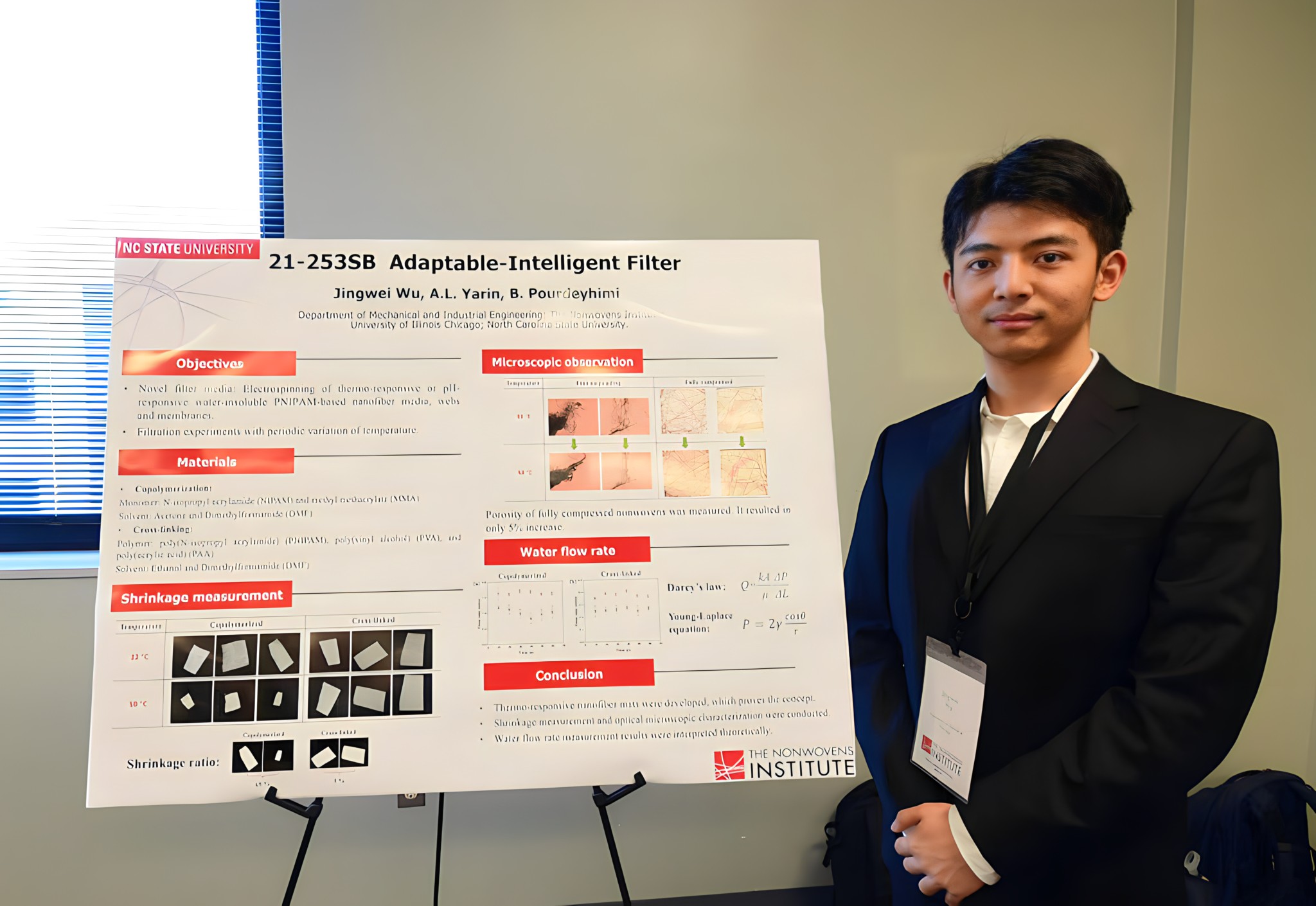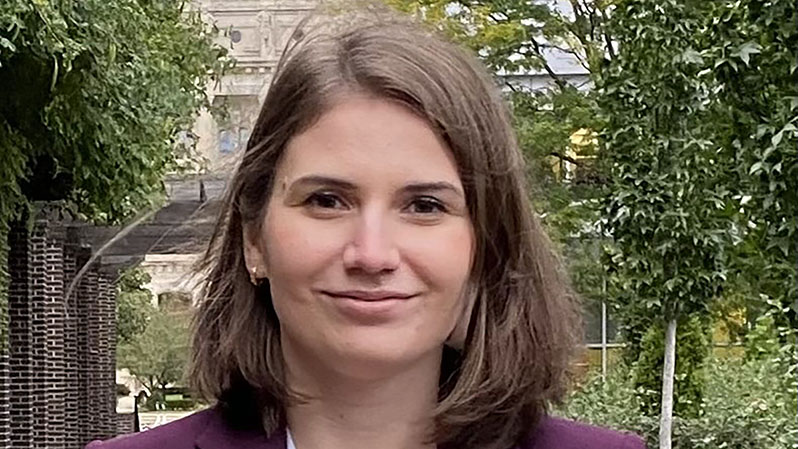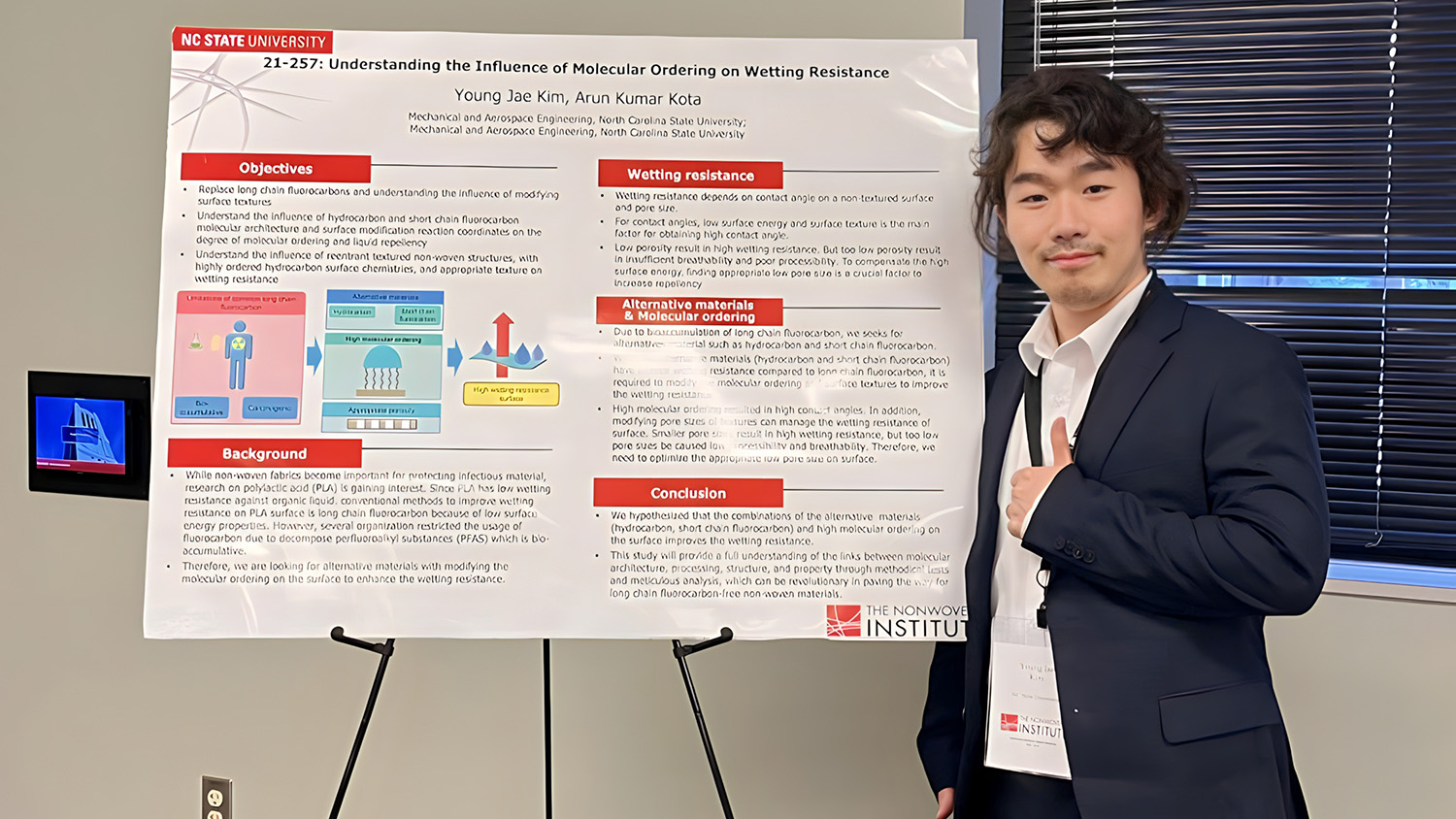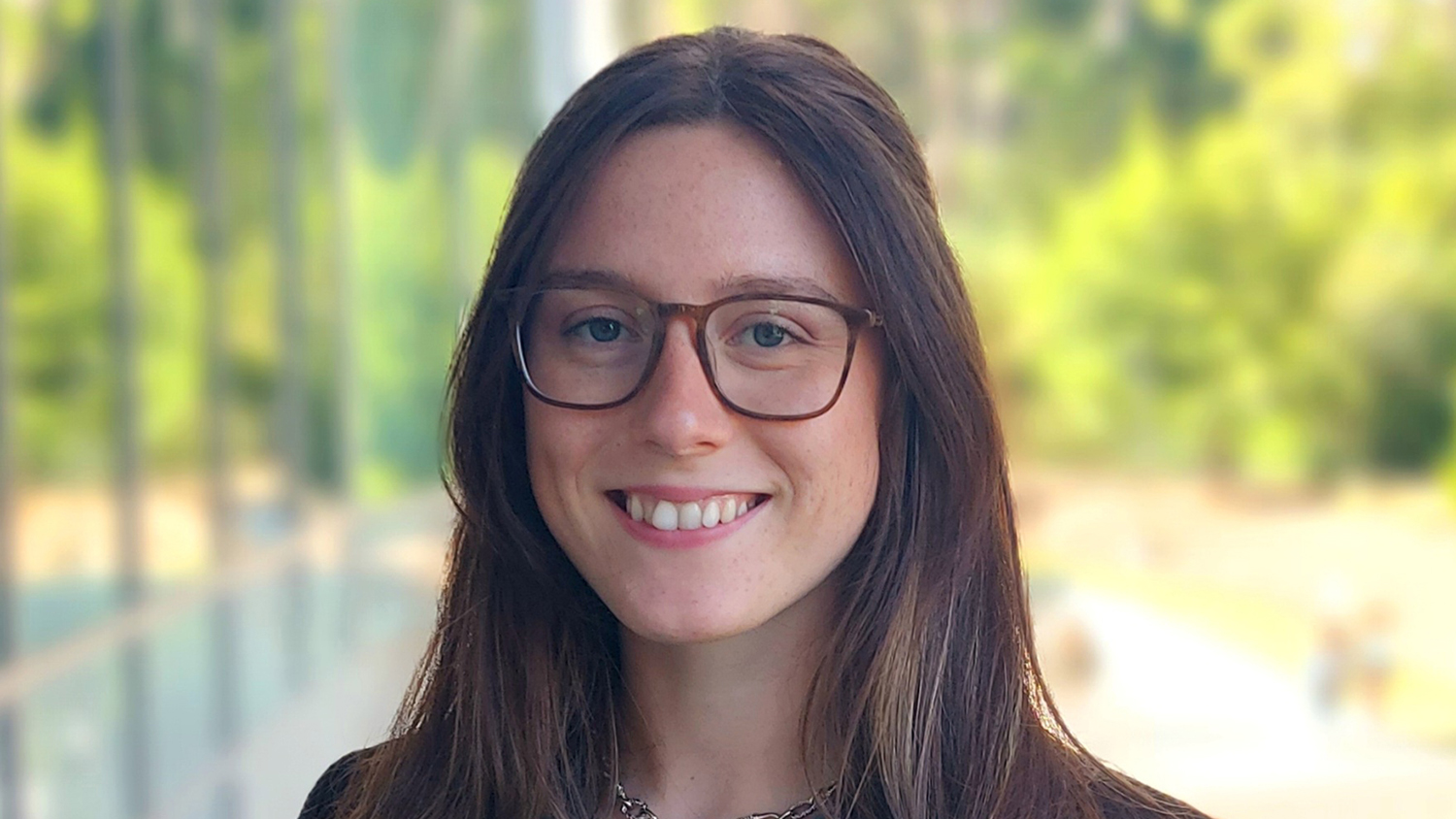Jingwei Wu
Degree Type: Ph.D.
Expected Graduation Date: 2024
School/Department: Mechanical Engineering, University of Illinois Chicago
Research Project: Adaptable Intelligent Filter
Professor/Faculty Advisor: Behnam Pourdeyhimi, Ph.D., NWI/NC State University; Alexander Yarin, Ph.D., University of Illinois Chicago
How did you come to have an interest in nonwovens?
I am currently a Ph.D. student in Dr. Yarin’s Multiscale Mechanics and Nanotechnology Laboratory at the University of Illinois Chicago. Throughout my academic journey, I have been extensively involved in studies related to nonwovens and their applications. My research has focused on the development, characterization and optimization of nonwoven materials using various techniques, such as electrospinning, solution blowing and supersonic solution blowing. I have explored the fundamental aspects of nonwoven formation, including polymer selection, processing parameters and structural analysis. Furthermore, my involvement in air filtration membrane design, specifically targeting the capture of nanoparticles around 100 nm, solidified my interest in nonwovens. Witnessing the direct impact of nonwoven materials on addressing critical environmental challenges, such as air pollution, inspired me to pursue advanced studies in this area.
Why are your research findings particularly important/compelling for nonwovens applications?
My NWI project, titled “Adaptable Intelligent Filter,” aims to make thermo- and pH-responsive filters. The main material I am using is Poly(N-isopropylacrylamide) (PNIPAM). It is one of the most extensively studied synthetic polymers forming smart hydrogels because of its thermo-responsive property. The unique thermo-responsive property of PNIPAM holds tremendous promise for the development of innovative and responsive materials with a wide range of practical applications. This remarkable property has captured the attention of researchers in various fields, including biomedicine, materials science and microfluidics.
By incorporating PNIPAM hydrogels into water filtration systems, it is anticipated that the filtration efficiency and performance can be significantly improved. The thermo-responsive nature of the filter membranes enables the variation of permeability and selectivity in response to changes in water temperature. This innovative approach can lead to enhanced selective separation and purification of substances, offering a more energy-efficient and cost-effective solution for various industries.
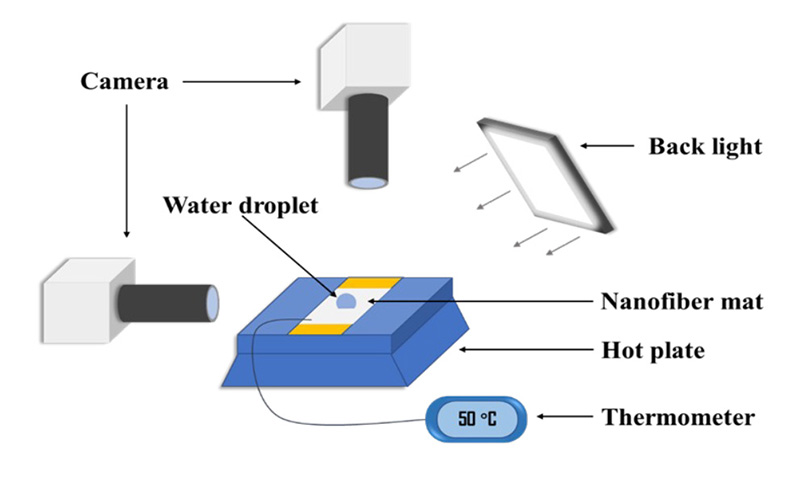
The potential applications of thermo-responsive filter membranes are vast. They can be employed for the removal of heavy metals from water, effectively addressing a critical environmental concern. Additionally, the membranes can be utilized for organic matter removal, offering solutions for wastewater treatment and purification. Moreover, the desalination process can be optimized using thermo-responsive membranes, enhancing the efficiency of seawater desalination and freshwater production. Overall, the incorporation of PNIPAM-based hydrogels into water filtration systems opens up exciting possibilities for the industry, providing innovative and responsive materials that can revolutionize various applications related to selective separation, purification and environmental remediation. These advancements hold the potential to create more sustainable and efficient processes, benefiting both society and the environment.
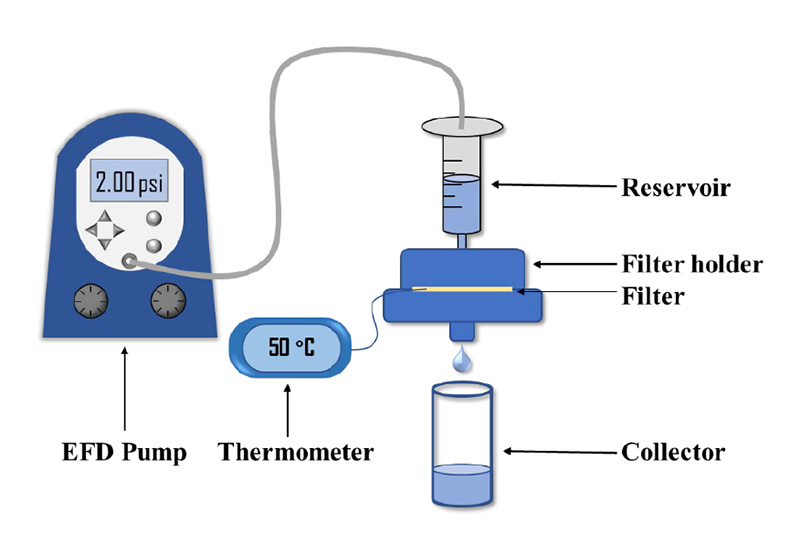
Where do you see yourself upon completion of your studies? Where do you see yourself 5-10 years into the future as you progress in your career?
In the near-term, my career goals are centered around completing my studies and acquiring the essential skills and knowledge in this field. I aim to actively contribute to cutting-edge research by conducting experiments, analyzing data and collaborating with esteemed experts in the field. I am determined to publish my findings in renowned scientific journals, disseminating my research to a wider audience and making valuable contributions to this field.
Looking ahead, my long-term aspirations encompass a fulfilling career in research and development. I envision myself working in either industry or academia, where I can lead research projects and make significant contributions to the advancement of knowledge and technology. Additionally, I am passionate about mentoring and inspiring the next generation of scientists, sharing my expertise and guiding young researchers in their own scientific journeys. By staying dedicated to my craft, embracing lifelong learning and continuously pushing the boundaries of knowledge, I aim to leave a lasting impact in my field and contribute to the betterment of society as a whole.
When you are not studying and doing your nonwovens research project, what are your personal interests, hobbies … any activities you would like to highlight?
Outside of my nonwovens research, I have a passion for staying active through sports. Basketball, badminton, and sport climbing are among my favorite activities. Engaging in these sports not only keeps me physically fit, but also allows me to enjoy the thrill of competition, build teamwork skills, and maintain a healthy work-life balance. These hobbies provide a refreshing break from my academic pursuits and contribute to my overall well-being and personal growth.
Jingwei’s Recent Publications:
- “Adaptable intelligent filters based on nanotextured nonwoven membranes containing water-insoluble hydrogels,” Journal of Applied Physics, Volume 135, Issue No. 8, https://doi.org/10.1063/5.0173365.
- Categories:
